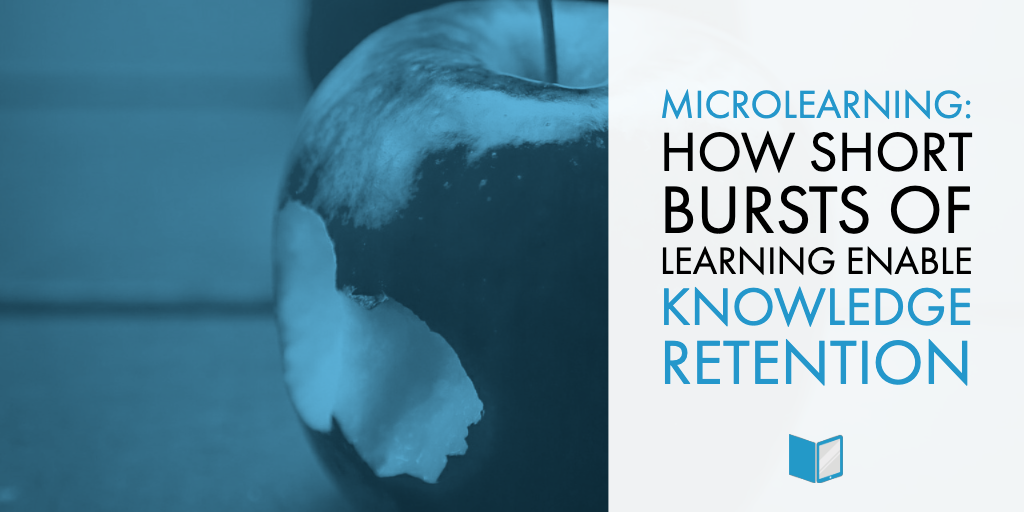Today, almost everyone - regardless of their age or profession - is connected to the Internet. Look around any coffee shop, restaurant, retail store, bus or train. Chances are high that you’ll see someone tapping away on their phone.
At work and at their desks, many people use a computer and/or pick up their mobile device every once in a while to answer a text, take a quick call, or do a bit of non-work related housekeeping over lunch.At home and on the couch, you guessed it - more technology. Whether you’re finishing up work on your laptop, chatting with friends on your mobile device, or streaming a show on your tablet/tv, you’re taking in more information by way of a device.
Learn in Minutes, Not Hours
When it comes to providing educational opportunities for people who are typically tethered to technology and often multitasking, the idea of nailing them down for an hour of training here or there seems arduous. Of course, you can set up mobile-friendly learning modules so that they can be completed on the go, but what if it could be even easier?
What if your learners just had to devote a few minutes rather than a few hours to their learning?
What Is Microlearning?
As we mentioned above, it’s entirely possible to structure your learners’ educational opportunities in a way that they can complete their tasks either on the go or during the few minutes of downtime they may have between larger tasks or projects. This concept is called microlearning, and it’s exactly what it sounds like - breaking up educational modules into micro-sections, rather than the longer, more extensive modules learners are used to.
Typically, a microlearning module is less than 5 minutes long and provides learners with the opportunity to get an in-depth look and some practice with a single concept. This differs from the usual module setup which tends to feature a variety of concepts at one time and works to illustrate how they’re interconnected. If learning were likened to constructing a building, microlearning would afford learners the ability to gather information brick by brick, rather than story by story.
How Can It Help Your Learners?
While microlearning certainly has its advantages in convenience (after all, wouldn’t you prefer a 10-minute crash course versus a two-hour intensive training?), it also has the following advantages:
1. Better Knowledge Retention
Possibly the most important, microlearning has been linked to higher conceptual retention among learners. It’s thought that by only showcasing one concept at a time, learners have a much easier time recalling the information when it matters since they don’t need to “dig it out” of a larger pile of concepts that they learned at the same time.
2. Less Learner Fatigue
In a similar vein, microlearning also leads to less learner fatigue. Picture this:
You’ve been instructed to complete a specific module or two for a company-wide training. Each module takes about an hour. After a little while, you start to feel like the material is becoming redundant. Or maybe you already know the information and you’re tired of sitting through it year after year. At the same time, you have other work that needs to be done.
So, you start to zone out, or click through to make it to the end as fast as possible. You’re no longer absorbing the information - you’re just doing whatever it takes for it to be over. By the time you’re done with the first module, you’ve already forgotten what you’ve just learned before it’s time to click on the dreaded “Next” button.
If microlearning were leveraged instead within this scenario, the information would be presented in such a way that it may be a welcome - if anything, more brief - refresher.
3. More Flexibility
When we say that microlearning offers more flexibility we’re actually focusing on two useful options:
For starters, your learners will have more flexibility in when and where they complete their learning. If they just need to carve out 5 minutes of time, they can do that virtually anywhere without it throwing a huge wrench in their day.
Secondly, because the content is broken into small blocks, the creator of the modules has more flexibility when it comes to updating or changing information. They won’t have to re-write the entire module for just one little update.
Ready to jump into the fast-paced world of microlearning?






Leave a comment